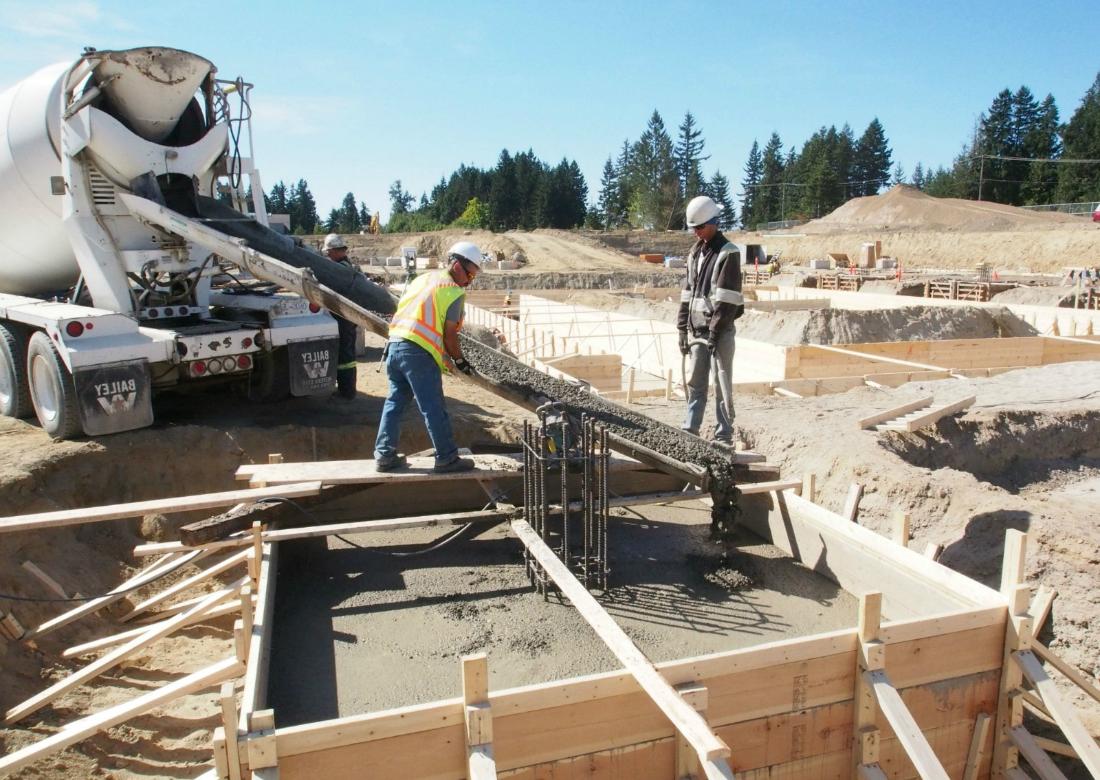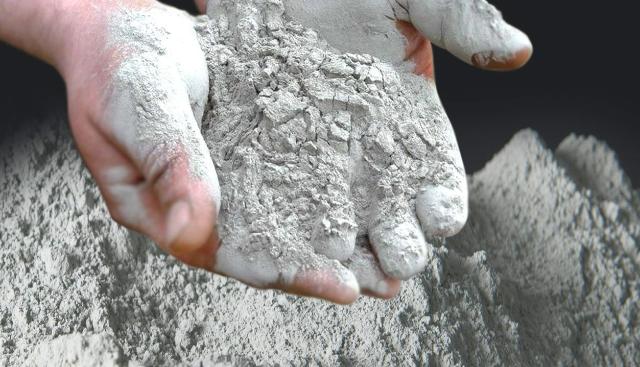Material
Usage of Cement & Concrete
Nov 2 2022
Cement is usually the binder material to produce one of the oldest and most common building material concrete. Concrete is the composition of cement, sand, gravel, and water. It is so versatile that it can be seen anywhere especially in the urban city infrastructure like bridges, station, roads, docks, skyscrapers, buildings, etc. Its usually has a high compressive strength and last very long. The Colosseum of Rome that was largely built with concrete can still be seen and standing even after thousands of years.
Introduction
Concrete mixture can come in a ready-mix form which is manufactured from a batch plant and send to a site or a precast factory either in plastic state or dry state. They are usually transported by heavy machine like an in-transit mixer and the volumetric concrete mixer. Ready-mixed concrete(RMC) is usually more quality assured because they are placed under controlled environment and mix with a consistent amount and quality material. To built a reinforced concrete just add in the rebar steel before pouring cement mixture. Furthermore, on-site mixing concrete usually causes more pollution for the area and required more time and cost for onsite mixing. Another common material of cement is the mortar or refer as masonry cement. This paste material is used to do masonry construction for the brick, block, stone, tile to form a structure like a wall, slab, roof, beam, column, etc. Mortar is usually the composite material of aggregates and cement. Mortar and concrete can be sell in a pack like cement and just adds water to start to use it.Applications
The most command type of cement is the Portland cement. It is also the main ingredient to make the concrete, mortar, and plastering. They are largely used to make concrete and be mold & cast into different shape and size. Portland Cement usually has a faster setting time than other ordinary cement and has high workability. It curing time also lesser than normal cement so curing cost is reduced. It is popular to be used on precast concrete which used to make a big structural product that constructs from a factory and then is sent to on-site for installation. The precast concrete is usually fast to produce and minimal onsite working because no setting and curing are involved. Since precast concrete is constructed under a controlled environment so any additional requirements are usually reduced which hence cut down any extra expenses.Another worth mentioning is the Portland-fly ash cement. Fly ash in cement usually varies significantly in composition because it is the byproduct of burning pulverized coal in an electric power plant. The fly ash is pozzolanic so adding water to it will form cement and add extra lime mineral will perform as good as Portland cement. Water also consume lesser compared to normal Portland cement which is good for cold weather usage. It is also more economical to harden a concrete product. This fly ash cement sometimes also add into a concrete admixture for the precast product as this much more economical and will increase the overall strength at the same time. Fly ash cement after curing usually has lesser crack problems, bleeding, permeability, and smoother surface. Construction of paving roads, mine fill, and embankment are most of the fly ash application. Even though it is usually an expensive replacement for normal Portland cement but having extra strength, segregation and workability might be worth for certain construction like precast concrete and load-bearing structure.
An upcoming cement product is a Self-leveling cement. This cement is quite different from other because it is polymer-modified cement. It only requires a small amount of water compared to other Portland cement and has a high flow rate like liquid. Compare to normal cement, Self-leveling cement required lesser labor to flat the surface and hence reduce the overall cost too. At the same time, it also posses the same compressive strength as normal concrete. This type of cement is usually applied to flooring that has surface irregularities because it can easily create a flat and smooth surface. After the concrete flooring is done, any decorative or toppings like a vinyl sheet, tile, wood or carpet will be easier to install and lesser possible damage.
Advantages
Cement usually has the following advantage:High load bearing
Fire Resistance
Weather Resistance
Termite Resistance
Durable & long lasting
Popular cement product:
Odinary Portland Cement(OPC)
Portland Composite Cement(PCC)
Masonry Cement
Fly Ash Cement
Self Leveling Cement
Expansive Cement
White Blended Cement
Contact us today for your cement product or masonry contractor Malaysia.


